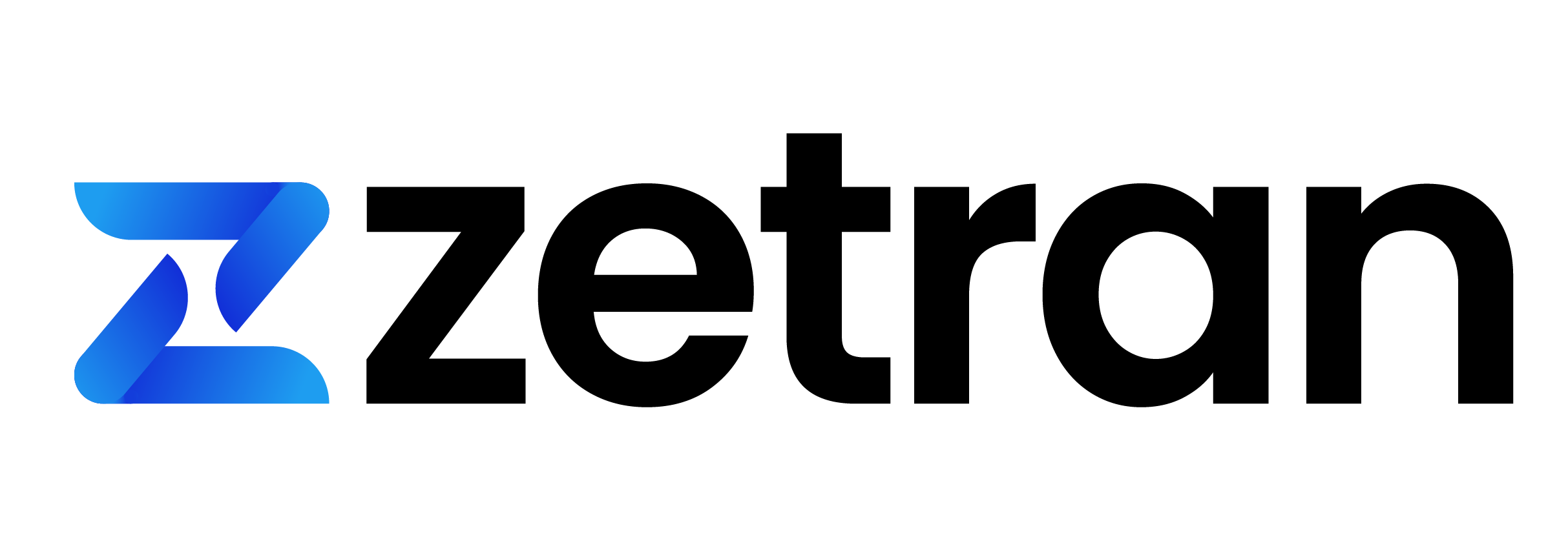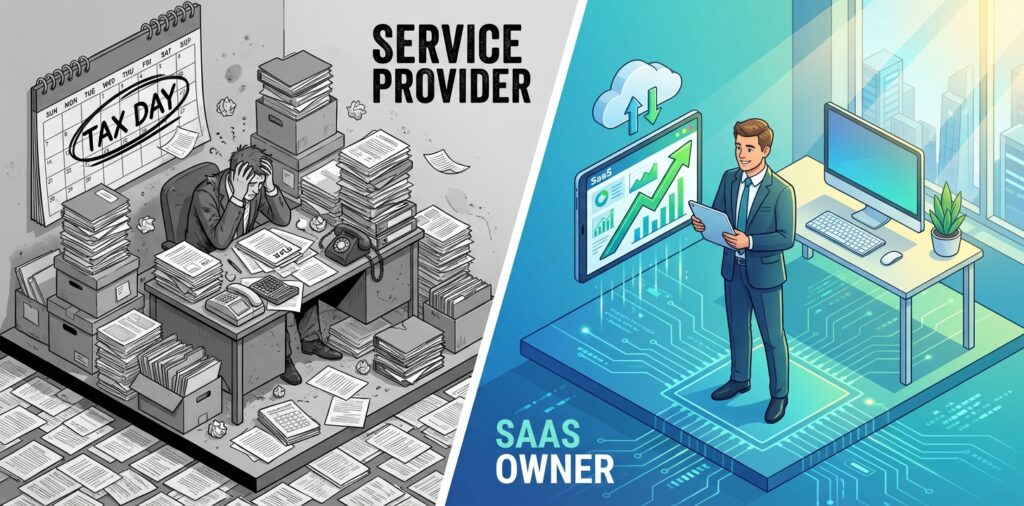The subscription economy isn’t new, but its mastery has become the critical differentiator for growth in Canada. While streaming giants and SaaS powerhouses provide a global playbook, Canadian executives must navigate a unique landscape defined by distinct payment preferences, bilingual operational demands, and provincial regulatory nuances. Success requires moving beyond generic growth hacks to implement specific strategies that resonate with the Canadian consumer and business environment.
This article provides a detailed analysis for Canadian executives and product leaders. You will learn:
- The core economic differences between streaming (content-driven) and SaaS (feature-driven) subscription models.
- Canadian-specific challenges and opportunities, including payment methods, regulatory compliance, and bilingual content operations.
- A deep dive into the evolving IPTV market in Canada, focusing on legitimacy, bundling, and niche market capture.
- Actionable tactics for pricing, retention, and a 90-day roadmap to optimize your subscription strategy.
Streaming vs. SaaS: A Tale of Two Playbooks
At a glance, Netflix and Shopify both leverage recurring revenue. However, their underlying unit economics, growth levers, and retention strategies are fundamentally different. Understanding these contrasts is key to applying the right lessons to your own business.
The Streaming Model: Content is King, and Velocity is Queen
Streaming services like Netflix, Disney+, and Bell’s Crave compete in a content arms race. Their value proposition is an ever-expanding library of entertainment.
- Unit Economics: Success is measured by Average Revenue Per User (ARPU) and managing content acquisition costs. High-volume, low-margin subscribers are the norm. In Canada, ARPU for major streaming services typically ranges from $15 to $22 per month. The primary cost is not serving an additional user (which is near-zero), but licensing and producing content, which can run into billions.
- Customer Acquisition: Growth is driven by massive marketing campaigns tied to “tentpole” releases—a new season of a hit show or a blockbuster movie. Freemium is rare; the standard is a time-bound paid trial (e.g., 7 days) to create urgency and hook users with premium content immediately.
- Retention & Churn: Churn is event-driven. A subscriber might join for a specific series and leave once it’s over. The defense against this is content velocity—constantly adding new, compelling titles to the library to prevent subscription fatigue. This makes churn forecasting volatile and highly correlated with content release schedules.
The SaaS Model: Features are the Foundation, Stickiness is the Goal
SaaS leaders like Shopify and Lightspeed offer tools that become deeply embedded in a customer’s operations. Their value is utility and workflow integration.
- Unit Economics: The focus is on the Customer Acquisition Cost (CAC) to Lifetime Value (LTV) ratio. A healthy CAC:LTV ratio for enterprise SaaS is often cited as 1:3 or better. Unlike streaming, SaaS models often have tiered pricing based on features, usage, or number of seats, leading to significant ARPU variance. Upselling and cross-selling are major revenue drivers.
- Customer Acquisition: SaaS acquisition relies more on freemium models and longer trial periods (14-30 days) that allow users to experience the product’s utility and integrate it into their daily workflows. Inbound marketing, content marketing, and sales-led motions are more common than broad-based media campaigns.
- Retention & Churn: Stickiness is the primary defense against churn. Once a business relies on a SaaS platform for its core operations (e.g., e-commerce, point-of-sale), the switching costs are incredibly high. Churn is more predictable and often tied to business failure rather than a lack of new features. Feature velocity is still important, but it’s about deepening value rather than simply adding more “content.”
The Canadian Subscription Landscape: Unique Challenges
Operating a subscription business in Canada requires a localized strategy that accounts for specific market conditions.
Payments, Preferences, and Provincial Rules
- Credit vs. Interac: While credit cards dominate subscription payments, a significant portion of the Canadian market prefers or relies on debit. Ignoring Interac Online or recurring debit solutions alienates a key demographic. Integrating these payment methods can be a competitive advantage, particularly for B2C services targeting younger or more budget-conscious consumers.
- Bilingual Operations: Serving Canada means serving it in two official languages. This is not just a matter of translation; it’s about operations. For SaaS, this means fully localized UI/UX, documentation, and customer support in both English and French. For streaming, it requires full metadata, subtitles, and dubbed content where appropriate. This adds complexity and cost to both content/feature velocity and customer support.
- Regulatory Hurdles: Each province has its own consumer protection legislation. For instance, Quebec’s laws are particularly stringent regarding contract language, renewals, and cancellations. Furthermore, federal and provincial privacy laws (like PIPEDA and Quebec’s Law 25) govern data handling, consent, and user rights, impacting everything from marketing analytics to user data storage.
The Telecom Bundle Advantage
Canada’s major telecom providers (Bell, Rogers, Telus) are powerful gatekeepers and potential partners. Bundling a subscription service with internet or mobile plans can massively reduce CAC by tapping into their established sales channels and customer bases. Crave’s deep integration with Bell is a prime example. For new entrants, securing a bundling partnership can be a game-changing distribution strategy, offering instant scale that is otherwise difficult to achieve.
IPTV in Canada: From Grey Market to Growth Engine
The term IPTV (Internet Protocol Television) has a complex history in Canada, often associated with unauthorized streaming. However, the legitimate IPTV market is a significant growth opportunity for providers who can navigate the landscape correctly.
Positioning, Legitimacy, and Partnerships
Legitimate IPTV providers are not competing with illegal services; they are competing with traditional cable and global streaming giants.
- Legitimacy Signals: Success hinges on building trust. This means securing proper CRTC licensing, acquiring legitimate content rights from networks and studios, and being transparent about it. Anti-piracy watermarking and clear terms of service are not just legal requirements; they are marketing tools that signal quality and reliability.
- ISP Partnerships: Partnering with independent Internet Service Providers (ISPs) across Canada offers a powerful symbiotic relationship. The ISP can offer a compelling TV bundle to compete with the major telecoms, and the IPTV provider gains access to a qualified customer base with the necessary internet infrastructure.
- The Niche Opportunity: The most significant opportunity for Canadian IPTV providers lies in serving diaspora and niche language communities. While major players focus on mainstream English and French content, a provider offering dedicated packages for Italian, Punjabi, or Mandarin-speaking households can capture a loyal and underserved market.
Vignette: The Success of “Maple Stream TV”
Consider a fictional Canadian provider, “Maple Stream TV.” Instead of trying to out-muscle Netflix, they focused on a specific strategy. They secured exclusive Canadian rights for a package of popular channels from South Asia and partnered with three regional ISPs in Ontario and British Columbia. Their marketing highlighted their CRTC compliance and “piracy-free” guarantee. By bundling their service with high-speed internet, they offered a simple, one-bill solution for families wanting both reliable connectivity and content from home. Their ARPU was higher than a standard streamer, and their churn was lower due to the unique, bundled value proposition that no global giant could replicate.
An Executive Checklist: Real Tactics for Growth
Move beyond theory with these actionable strategies for optimizing your Canadian subscription business.
Pricing, Acquisition, and Regionalization
- Cohort-Driven Pricing Experiments: Don’t set one price and forget it. Run pricing experiments on new user cohorts. Test a 10% higher price point in Alberta versus a 5% lower one in Atlantic Canada for a quarter and measure the impact on conversion and 90-day LTV.
- Annual Plan Lock-In: Aggressively promote annual plans over monthly ones to improve cash flow and reduce churn. Offer localized incentives. For example, a partnership with a popular Quebec-based retailer for annual plan sign-ups or offering a “cottage country” data bonus for Ontario-based annual subscribers in the summer.
- Regional A/B Testing: Use the Quebec vs. Rest of Canada (ROC) divide to your advantage. Test different marketing messages, promotional offers, and even UI/UX flows. What resonates in English-speaking Toronto may not work in Montreal. This granular testing provides invaluable data for optimizing your entire Canadian strategy.
Retention, Win-Back, and Pausing
- Proactive Retention Motions: Don’t wait for the cancellation click. Use analytics to identify at-risk users (e.g., declining usage, failed payments). Trigger automated win-back flows that offer a temporary discount, a feature upgrade, or a content recommendation based on their viewing history.
- The “Subscription Holiday”: Offer a “pause” option for 1-3 months. This is highly effective for seasonal businesses or consumers who travel. It keeps the customer in your ecosystem without forcing a hard cancellation, making reactivation seamless.
- Exit Survey to Win-Back: When a user does cancel, use the exit survey to trigger a final, hyper-targeted offer. If they cite “too expensive,” offer a lower-tier plan. If they cite “not enough content/features,” tease what’s coming next month and offer a free month to experience it.
Your 90-Day Action Roadmap
- First 30 Days: Audit & Analysis
-
- Dashboard Review: Ensure you are tracking key Canadian-specific metrics. Segment ARPU, churn, and LTV by province. Review your payment method mix (Credit vs. Interac).
- Bilingual Experience Audit: Conduct a full review of your French-language user journey, from marketing ads to in-app experience and customer support.
- Competitor Teardown: Analyze the pricing, bundling, and promotional strategies of your top three Canadian competitors.
- Next 30 Days: Experimentation
-
- Launch a Pricing Test: Implement a small, cohort-based pricing experiment in two different provinces.
- Deploy a Pause Feature: Implement a “pause subscription” option and market it to existing customers.
- Draft a Telecom Pitch: If relevant, create a pitch deck outlining the value proposition of bundling your service with a major or independent telecom/ISP.
- Final 30 Days: Optimization
-
- Analyze Experiment Results: Review the data from your pricing test and decide whether to roll it out more broadly.
- Build a Win-Back Flow: Create your first automated retention campaign based on user inactivity or a cancellation trigger.
- Plan Your Next Quarter: Use the insights gathered over the 90 days to build a data-driven roadmap for product, marketing, and expansion in the Canadian market.
Frequently Asked Questions (FAQs)
1. Is IPTV legal in Canada?
Legitimate IPTV services that are licensed by the CRTC and pay for the rights to the content they broadcast are perfectly legal. These services operate similarly to traditional cable companies but deliver the signal over the internet. The legal issue arises from unauthorized providers who illegally capture and re-stream broadcasts without permission or payment, which constitutes copyright infringement.
2. How can you forecast churn in a bilingual market like Canada?
Forecasting churn in a bilingual market requires segmenting your data. Track churn rates for your English-language and French-language user bases separately. Overlay this with regional data (Quebec vs. ROC). Often, churn drivers differ. For example, a lack of French-language customer support could be a major churn driver in Quebec, while it would be a non-issue elsewhere. Your models must account for these distinct cohorts.
3. What is a good CAC:LTV ratio for a Canadian subscription business?
While the industry benchmark is often 1:3 (the lifetime value should be at least three times the cost to acquire the customer), this can vary. For high-ARPU B2B SaaS in Canada, a ratio of 1:5 or higher might be the target. For a low-margin B2C streaming service, a ratio closer to 1:2 might be acceptable, especially if achieved at scale through bundling partnerships that dramatically lower CAC.
4. Why should I offer Interac if most people use credit cards?
Offering Interac expands your total addressable market. It captures customers who are credit-averse, younger demographics without high credit limits, and new Canadians who may establish a bank account before getting a credit card. In a competitive market, reducing payment friction for even 5-10% of potential customers can be a significant advantage.
5. What’s the first step in creating a compliant subscription service in Quebec?
The first step is a legal consultation. Quebec’s Consumer Protection Act has specific rules about contract language, disclosures, renewal clauses, and cancellation policies. You must ensure your terms of service, checkout flow, and cancellation process are fully compliant before launching to Quebec residents to avoid significant fines and legal challenges.
6. Is it better to find a bundling partner or go direct-to-consumer?
It’s not an either/or choice. A hybrid approach is often best. Going direct-to-consumer allows you to own the customer relationship, control your brand, and keep all the revenue. However, a bundling partnership with a telecom or ISP provides immediate scale and marketing reach that is expensive to acquire on your own. Start direct to refine your product, then leverage that success to negotiate a favorable partnership.






